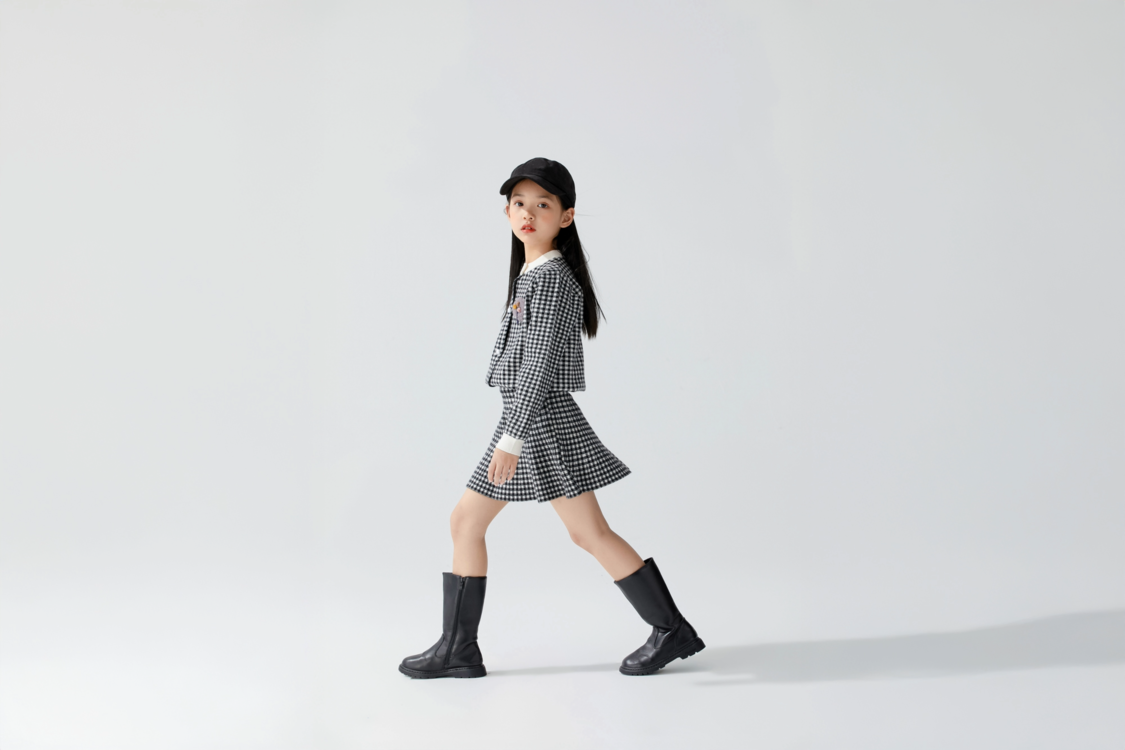Fashion is a truly global industry that blends creativity, culture, and commerce. On one side, you have the fashion capitals, where trends are born and iconic runway shows set the tone for upcoming seasons. On the other, the manufacturing powerhouses, the countries that turn these creative visions into reality and bring collections to life for consumers worldwide.
In this article, we’ll explore both sides of this global engine: the cities that define the fashion scene and the countries that lead in textile and apparel production. Together, they paint a full picture of the creative and industrial forces that drive global fashion.
The 10 Fashion Capitals of the World
When you think of fashion, certain cities immediately come to mind. These cities are home to major brands, design schools, and a vibrant cultural scene that have earned them the title of fashion capitals.
Paris: The Birthplace of Haute Couture
Paris is synonymous with sophistication and luxury. It’s home to legendary maisons like Chanel, Dior, and Louis Vuitton, and hosts Paris Fashion Week, one of the industry’s most influential events. From runways to the streets, Parisian style is effortlessly chic and timeless.
Milan: Design and Italian Elegance
Milan is where design, architecture, and fashion meet. Iconic brands such as Prada, Gucci, and Versace were born here. Milan Fashion Week is a highlight of the global fashion calendar, blending tradition and innovation in the Italian style.
New York: Diversity and innovation
In the U.S., New York stands as the heart of fashion. The city’s multicultural energy breathes diversity, which is reflected in bolder, more democratic fashion. New York Fashion Week is known for spotlighting emerging designers and celebrating creativity without boundaries.
London: Irreverent and Creative
London’s fashion scene thrives on individuality and cultural fusion. Home to icons like Alexander McQueen and Vivienne Westwood, it continues to nurture boundary-pushing designs. London fashion is known for breaking molds and exploring new visual cues.
Los Angeles: Lifestyle and Trends
Los Angeles is the hub of casual and lifestyle fashion. Streetwear, sportswear, and youth culture brands thrive in the city. Hollywood’s influence is also decisive, transforming celebrity styles into global trends.
Hong Kong: Tradition and Modernity
Hong Kong is one of Asia’s fashion business hubs. Combining tradition and modernity, the city is a hub for trade fairs, exports, and industry-related events. It also attracts designers looking to connect with the Asian market.
Barcelona: Innovation and sustainability
Barcelona is Spain’s fashion hotspot. The city combines design, innovation, and sustainability, with events like 080 Barcelona Fashion, which promotes new talent and more conscious practices in the industry.
São Paulo: Latin Fashion on the Rise
São Paulo is considered the fashion capital of Brazil. São Paulo Fashion Week is the largest fashion show in Latin America and puts the country on the international radar, showcasing the cultural and creative richness of Brazilian fashion.
Berlin: Urban and Alternative Style
The German capital has established itself as a benchmark for urban, creative, and alternative fashion. Berlin Fashion Week brings together new brands that focus on innovation, technology, and sustainability, reinforcing the city’s image as a modern cultural hub.
Mumbai: The Power of Indian fashion
Mumbai is the heart of fashion in India. The city blends tradition and modernity, with fabrics, embroidery, and styles that conquer the world. It’s also home to Lakmé Fashion Week, a showcase for contemporary Indian fashion.
Top Clothing Manufacturing Countries in the World
In addition to creative cities, fashion depends on a complex network of clothing manufacturing countries, responsible for producing on a large scale to serve brands, retailers, and consumers. These countries stand out for their workforce, infrastructure and specializations that make them key players in the global industry.
China: Production Giant
China is the world’s largest clothing manufacturer, responsible for more than 65% of global apparel exports. With a complete ecosystem, which includes everything from fabric production to final clothing, the country remains at the top, despite growing competition from other markets.
India: Textile Tradition and Diversity
India is famous for its rich textile tradition of producing high-quality cotton, silk, and other materials. The country also stands out for its abundant labor and artisanal embroidery, which is exported all over the world.
Bangladesh: The Fast Fashion Capital
In recent years, Bangladesh has established itself as one of the main suppliers in the fast fashion industry. With low production costs and the ability to meet large demands, the country has become one of the largest clothing exporters in the world.
Vietnam: Accelerated Growth
Vietnam has been gaining ground in the fashion industry with its skilled workforce and competitive costs. Many global brands have transferred part of their production to the country, which has become an important player in Asia.
Turkey: The Bridge Between Europe and Asia
Turkey is strategic due to its location and infrastructure. In addition to providing clothes at competitive prices, it is a reference in quality fabrics, such as Turkish cotton. Its proximity to Europe makes the country an attractive destination for brands that are looking for nearshore manufacturing.
Pakistan: Quality Cotton
Pakistan is one of the largest cotton producers in the world and, consequently, a clothing manufacturing hub, especially for jeans and knitwear. Production is aimed at both the domestic market and export.
Brazil: The Reference in Latin America
Brazil is one of the largest fashion hubs in Latin America, and boasts strong production in jeans, beachwear, and underwear. Brazil blends creativity and cultural diversity in an industry that serves both the national and international markets.
European Fashion Manufacturing
In addition to creative capitals, Europe is also home to countries with strong fashion manufacturers. That’s why nearshoring is on the rise: producing garments closer to where they’ll be sold helps cut logistics costs, reduce delivery times, and lessen environmental harm. Some of
Europe’s top clothing-producing countries are:
Spain: Innovation and Technology
With thousands of textile companies and global brands like Zara, Spain is a hub that combines tradition with technology, investing heavily in sustainability.
Poland: Modern Design and Strategic Logistics
Located in the center of Europe, Poland offers a qualified workforce and robust infrastructure, making it an option for brands looking to expand in the region.
The Netherlands: The Denim Capital of Europe
The Netherlands is a reference in innovation and sustainability, especially in Amsterdam, which is considered the denim capital of Europe.
Estonia: Advanced Technology
With competitive costs and large investment in innovation, Estonia stands out for fast, high-quality production processes.
Portugal: Quality and Tradition
Portugal has gained prominence in sustainable and high-quality fashion. Cities such as Porto, Braga, and Guimarães have factories that serve global brands, including H&M and Zara.
To succeed in fashion, you need to know its global hubs. Fashion capitals create trends and showcase talent; manufacturing countries make it all possible by linking design and production on a global scale.


